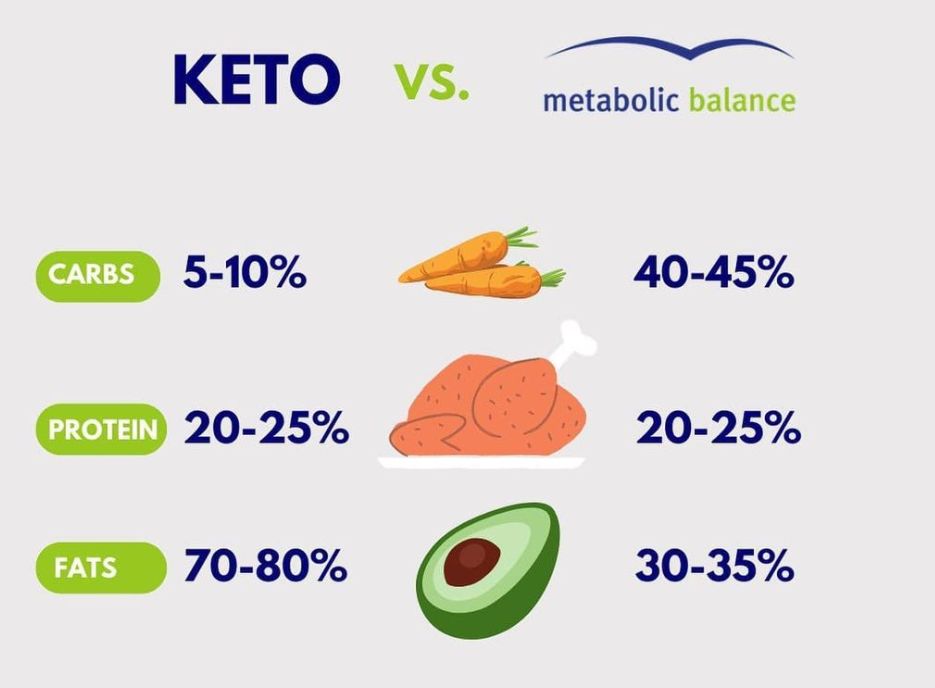Why Isn’t the Scale Moving In the Right Direction After Exercise?
If you are sticking to your nutrition plan, exercising regularly, and conforming to your healthy lifestyle, you might be confused when the scale isn’t moving (or it is even going up)!
The scale is simply one of many measurements to track your success when losing weight. The problem with using weight alone, is that it isn’t accounting for body composition of fat or muscle. The scale isn’t letting you know when you’ve lost fat or when you’ve gained muscle. The scale also isn’t accounting for your natural weight fluctuations that happen throughout the day simply based on how hydrated you are, how much water you might be retaining, and your bathroom patterns.
Does Muscle Weigh More Than Fat?
This is one of the most common questions I hear! While it is true that 1 pound of fat weighs the same amount as 1 pound of muscle, 1 pound of fat does NOT have the same density as 1 pound of muscle in the body.
If you were to place 1 pound of fat next to 1 pound of muscle, you would easily recognize that the fat takes up more space than the muscle does. Fat is bulkier in size and takes up more space under the skin. To get a more visual picture in your mind, think of one small grapefruit as equal to a pound of fat and a tangerine as equal to a pound of muscle.
When it comes to fat and muscles, it is the density of the mass that impacts the inches on your body. Muscle is not the enemy stopping you from moving the scale in the right direction long term. You need to start thinking of muscles as your helpers. Muscle not only appears slimmer on your body, but can help boost the metabolism and your weight loss results overall. Those who have more muscle mass actually have a faster metabolism because the body can continue to actively burn calories while at rest.
Frustration With The Scale
The next time you step on the scale and are frustrated by what you see, keep in mind that losing fat and building muscle takes time, consistency, and a structured nutrition plan. Remember to consider the many other health parameters beyond just the numbers on the scale. Track your progress along your weight loss journey in terms of how you look in ‘before’ and ‘after’ pictures; by how many inches are lost; by your waist-to-hip ratio; by your improved mood; by your improved energy level; by how your clothes fit; and by the complements you are getting from friends and family.
Building muscle mass takes time, so it is impossible to gain three pounds of muscle in a week. But it is a common frustration for exercisers to find themselves losing fat and gaining muscle without any movement on the scale.
How Much Exercise to Build Muscle and Boost the Metabolism?
Strength training at least two days per week is all you need. However, don’t forget the importance of balanced nutrition in this equation. Your nutrition is the most important factor when it comes to weight loss!
Strength training can be as simple as free weights and resistance bands For those who truly want to bulk up the muscle, heavy weights and low repetitions a couple of times per week is enough, as long as sufficient time for recovery is taken. Cardio workouts, such as Zumba, jogging, cycling, and walking are important for cardiovascular health. Yoga can be considered a cardio workout, strength training, or a combination of both – depending on the type of yoga. However, strength training is vital for building muscle that we need for a healthy metabolism.
Muscle Fiber Micro Tears, Inflammation, and Water Retention
Your weight and muscle mass will change with any new exercise regime. Many people gain a little weight at first when undertaking a new exercise plan or even while continuing to exercise at the same time they are making positive changes to their diet.
New exercise or intense exercise puts stress on the muscle fibers, causing small micro tears and inflammation. The body responds to this ‘injury’ and inflammation with a healing response that leads to temporary water weight retention. The body, in trying to heal the micro tears, surrounds the tear with water.
When you have muscle soreness the day after you’ve exercised, this is due to the micro muscle tears and the breakdown in muscle tissue. It is important not to overdue exercise and to give your muscles sufficient time for rest and recovery to allow for healing and rebuilding.
Fuel For Your Muscles
Another reason for weight gain when starting a new exercise regime is that the body needs to provide energy to the muscles. In order to do this, the body stores more glycogen to use as fuel for the exercise. Glycogen is sugar that your muscle cells convert to glucose for energy. Glycogen binds with water in this process to fuel the muscle, adding a bit of water weight to your body.
Over time, as your muscles get used to the exercises, they need less glycogen to maintain the same level of energy output you needed when you started out. As a result, the water retention becomes less and your weight starts to go down. For some, that initial water retention of an average of one to three pounds can take anywhere from a few weeks to a month to release after starting a new exercise program.
Another source of weight gain is simply from building up lean muscle mass from exercise or weight lifting. Lean muscle mass takes an average of one to two months to show up in your weight. And by that point anyway, you will already be experiencing a good weight-loss trend due to your exercising and nutrition program…so stick to it!
If you are interested in getting your own Metabolic Balance plan in place, click HERE to schedule your free, no obligation, 20-minute call with Stef, a Certified Metabolic Balance Coach, to find out more.





